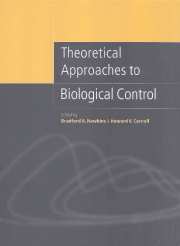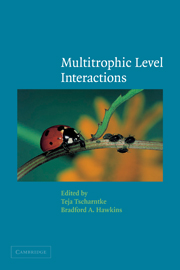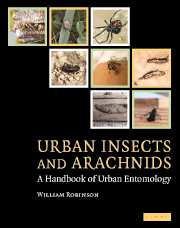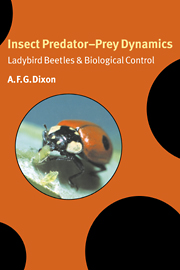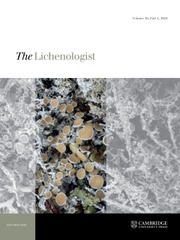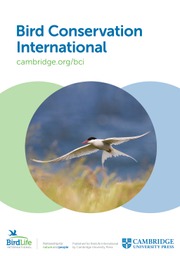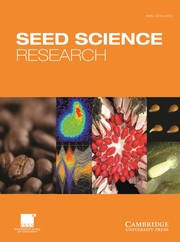Theoretical Approaches to Biological Control
Biological control is the suppression of pest populations using predators, parasitoids and pathogens. Historically, biological control has largely been on a trial-and-error basis, and has failed more often than it has succeeded. However by developing theories based upon fundamental population principles and the biological characteristics of the pest and agent, we can gain a much better understanding of when and how to use biological control. This book gathers together recent theoretical developments and provides a balanced guide to the important issues that need to be considered in applying ecological theory to biological control. It will be a source of productive and stimulating thought for all those interested in pest management, theoretical ecology and population biology.
- Specially designed for readers who are not theoreticians, but who wish to use theoretical principles in their decision-making
- Gathers together recent theoretical developments in a number of fields in one handy volume
- Includes evolutionary as well as ecological considerations for successful biological control
Reviews & endorsements
Review of the hardback: ' … a timely volume, which covers all the recent debates related to biological control' Trends in Ecology and Evolotion
Product details
October 2008Paperback
9780521082877
432 pages
252 × 194 × 30 mm
0.3kg
89 b/w illus. 18 tables
Available
Table of Contents
- Preface
- Part I. Biological Control Theory: Past and Present:
- 1. The theoretical foundations of biological control Alan A. Berryman
- 2. Recent developments in theory for biological control of insect pests by parasitoids Cheryl J. Briggs, William W. Murdoch and Roger M. Nisbet
- 3. Biological control models: a field guide Nigel D. Barlow
- Part II. Ecological Considerations:
- 4. The uniformity and density of pest exploitation as guides to success in biological control Michael E. Hochberg, and Robert D. Holt
- 5. Biological control of insect pests: a tritrophic perspective Nick J. Mills and Andrew P. Gutierrez
- 6. The case for generalists in biological control Gary C. Chang and Peter Kareiva
- 7. Why is the parasitoid Encarsia formosa so successful in controlling whiteflies Joop C. van Lenteren and Herman W. J. van Roermund
- 8. Parasitoid adult nutritional ecology: implications for biological control Mark A. Jervis and Neil A. C. Kidd
- 9. Coexistence of multiple attractors and its consequences for a three-species food chain Liebe F. Cavalieri and Huseyin Koçak
- Part III. Spatial Considerations:
- 10. Dynamics of spatially structured spider mite populations Sandra J. Walde and Gösta Nachman
- 11. Habitat fragmentation and biological control Teja Tscharntke and Andreas Kruess
- 12. Outbreaks of insects: a dynamic approach Alan Hastings
- Part IV. Genetic/Evolutionary Considerations:
- 13. Population dynamics and the evolutionary stability of biological control Robert D. Holt, Michael E. Hochberg and Michael Barfield
- 14. Genetic conflict in natural enemies: a review, and consequences for the biological control of arthropods Martha S. Hunter
- 15. Overexploitation and mutualism in plant - herbivore - predator interactions: their evolution and impact on population dynamics Maurice W. Sabelis, Minus van Baalen, Jan Bruin, Martijn Egas, Vincent A. A. Jansen, Arne Janssen and Bas Pels
- 16. A Darwinian view of host selection and its practical implications Robert F. Luck, and Leonard Nunney
- Part V. Microbes and Pathogens:
- 17. The dynamics of insect - pathogen interactions H. C. J. Godfray and Cheryl Briggs
- 18. Host - pathogen - parasitoid systems Michael Begon, Steven M. Sait and David J. Thompson
- 19. Persistence of natural enemies of weeds and insect pests in heterogeneous environments David W. Onstad and Edward A. Kornkven
- 20. Application of insect - pathogen models to biological control Matthew B. Thomas, Simon N. Wood and Veronica Soloranzo
- 21. Dose - response relationships in biocontrol of plant disease and their use to define pathogen refuge size Kenneth B. Johnson
- Index.

